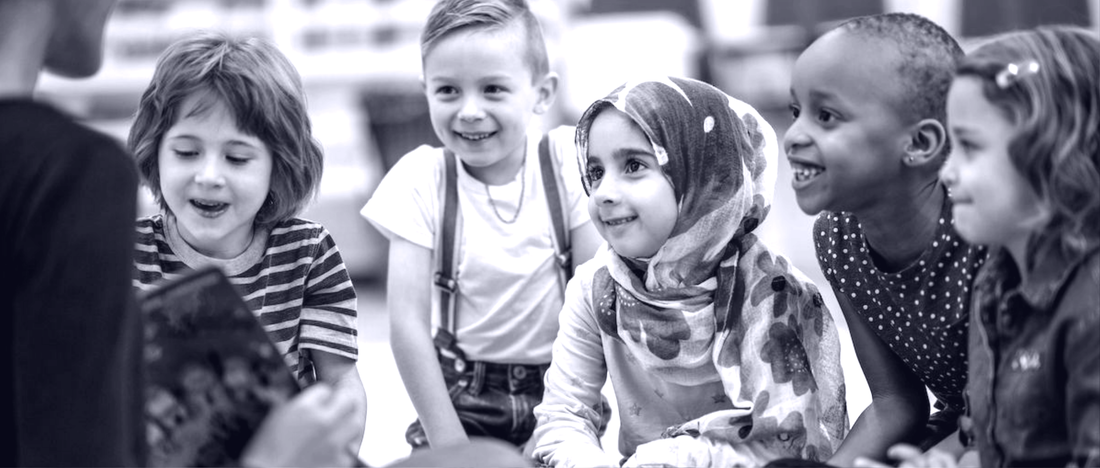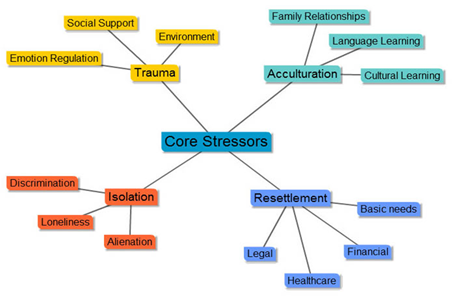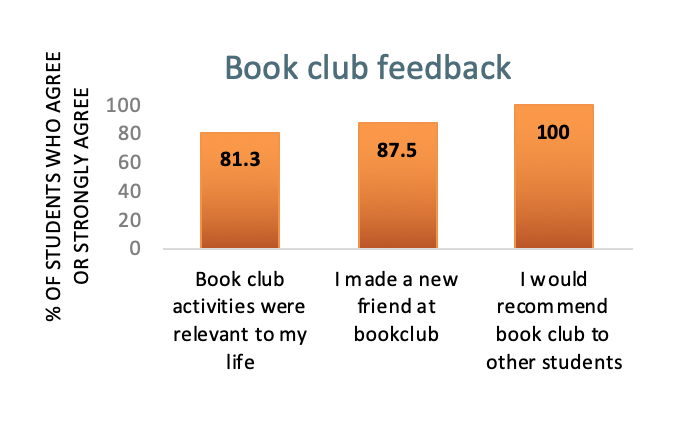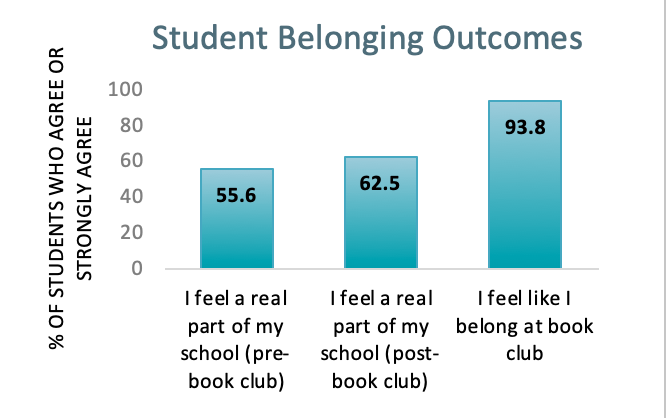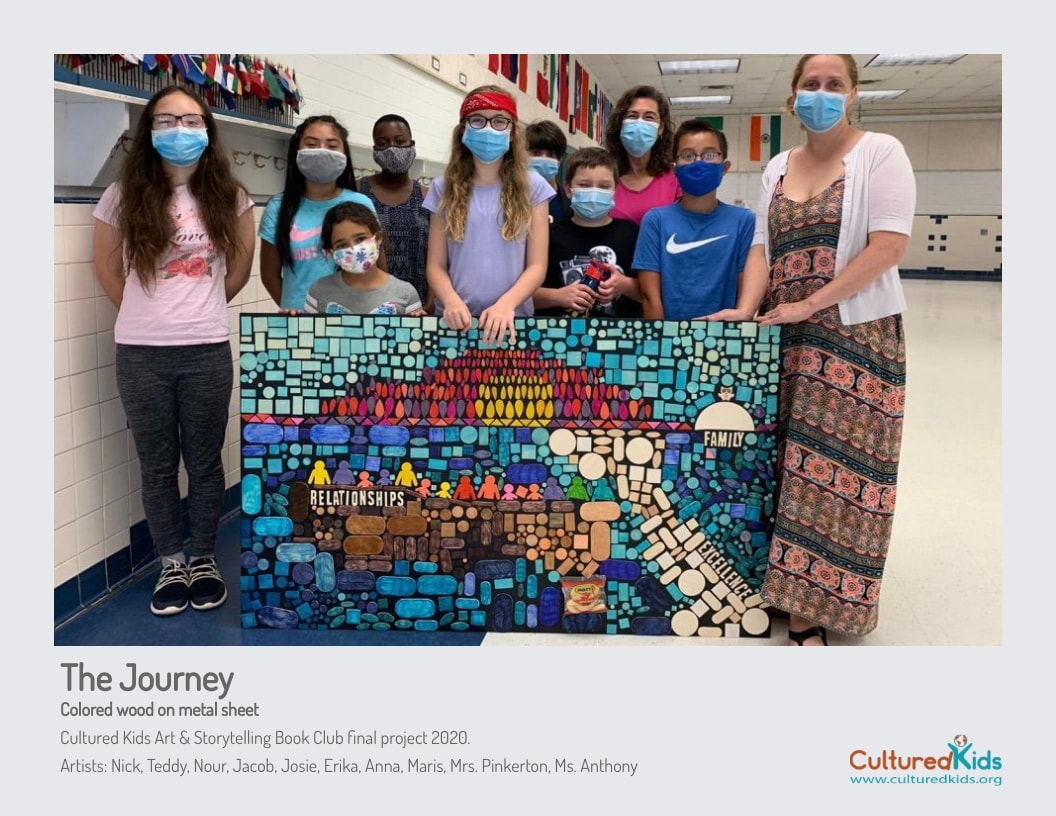Rise Of The AmphibiansI was delightfully surprised and slightly disheartened by a New York Times op-ed piece, The Rise of The Amphibians, by David Brooks. Delightfully surprised because his article filled a great need: increased awareness of the challenges faced by children who are raised cross-culturally. His piece also presented some clear ways this growing population will contribute to global advancements and help close cultural gaps surrounding us. I was slightly disheartened because only one paragraph (quoted below) glossed over the challenges that these children will face throughout their lives: A number talked with me about the difficulties of living with heterogeneous backgrounds: Who am I? If people ask me where I’m from, what do I say? " In Brooks’ defense I understand the piece took a hopeful approach and presented the positive potential that can come from growing up cross-culturally rather than analyzing the challenges. However, I would like to take this opportunity to dig into this short paragraph a bit more. To share what some institutions are doing to support Cross Cultural Kids (CCKs) and to share what Cultured Kids is doing to support CCKs. Center for Cross-Cultural Student Emotional WellnessThe Center for Cross-Cultural Student Emotional Wellness at Mass General Hospital (MGH) was founded in 2014. The MGH Center for Cross-Cultural Student Emotional Wellness is a consortium of clinicians, educators, and researchers who are passionate about understanding and promoting the emotional health and psychological resilience of students and scholars from diverse cultural backgrounds. The consortium was started after seeing an increase in multicultural patients struggling with a variety of social emotional issues (depression, anxiety, suicidal thoughts) and recognizing the lack of support provided by their educational institutions. MGH is making an incredible impact but their target population is limited to the same population Brooks speaks about in his article: millennials. What is being done for primary and secondary school children? Boston Children's HospitalBoston Children's Hospital is taking an interest in one sub-group of the CCK umbrella. The below model (created by Children's) indicates four core stressors associated with the emotional health of a child refugee. They also offer a child refugee toolkit. I think this model is key to identifying not only the social emotional needs of a child refugee but potentially all youth that fall under the CCK umbrella: Third Culture Kids (TCKs), international adoptees, children growing up in multicultural homes, immigrant and refugee youth, and minority youth. Unfortunately, immediate health needs, legal support, and the daily acute needs of resettlement eclipse the social & emotional support required to help children through trauma, isolation, and acculturation. This is informing our work. Looking AheadOur world is changing and the challenges our children are faced with do not only pertain to the large population of CCKs that encompass the majority in any given metropolitan classroom, but also the minority mono-cultural students and their inability to communicate inter-culturally, to foster increased empathy, or develop greater cultural understanding. Our schools assemble large masses of youth in one location at any given time. They have the potential to provide activities, resources, and tools to build resilience, identify and combat isolation, and to foster greater empathy and cultural understanding. Cultured Kids believes the result of this effort will also enhance school unity and is diligently working towards this reality. Professor Berand Van HeusdenJulie Bindal, one of our team members, found a video sharing the work of Professor Berand Van Heuseden in The Netherlands. Alongside a team at the University of Groningen in The Netherlands, Professor Van Heusden executed a four-year project called: Culture in The Mirror. Their goal was to develop a continuous linear framework that would tackle three questions, “What is cultural education about, how does it relate to the development of children and youngsters, and (how) can teachers profit from these insights?” Van Heusden shares, “…the importance of providing a cultural education when considering children are growing up with individual identities that cannot be defined by any one particular culture.” In a well informed abstract: Multicultural identity integration and well-being: a qualitative exploration of variations in narrative coherence and multicultural identification, written by Maya A. Yampolsky, Catherine E. Amiot, and Roxane de la Sablonniére, information was presented highlighting the importance for individuals with multicultural backgrounds to identify with all their various cultural identities rather than compartmentalizing them, or hyphenating them, as one millennial shared in Brooks’ article. This process had proven to yield greater self-esteem and overall well-being. Stated within the abstract: Thus far, the research on identity integration and well-being indicates that integrating one's multiple cultural identities predicts greater well-being than compartmentalizing or categorizing the identities. Each individual whole child is struggling to find unity within themselves when reflecting on their fractured self-identity. Without a unified sense of self, how will they ever contribute to unity within their classroom, their community, the world? Our ApproachCultured Kids has been working alongside education professionals, consultants, and students in public health and child development to tackle this single complex question: Is it possible to create curriculum for schools that could support academic achievement in conjunction with promoting individual social emotional wellness within this sea of cultural complexity? We believe there is. The disciplines of art and storytelling transcend time and culture and are two threads in our Art & Storytelling Book Club. This interdisciplinary curriculum uses ELA, H/SS, and Visual Arts as vehicles for supporting positive identity development, fostering empathy, and enhancing each child's sense of belonging. Our pilot program was done in 2019 at Shrevewood Elementary School in Fairfax County as an after school book club for 4th - 6th graders. We worked closely with the principal and school counselor to identify students who would most benefit from this program. Our case study highlights the impact this program had on student engagement and motivation. Some of our student outcomes highlight the impact book club had on their sense of belonging. While the pandemic has brought on unforeseen challenges, we have been able to adapt. We quickly augmented the book club for a digital platform and found great success. At the culmination of the Art & Storytelling Book Club, we all work together creating a mosaic. We felt fortunate to have been able to gather safely to complete this project. Please set up a meeting with Michelle Goldshlag if you are interested in starting the Art & Storytelling Book Club at your school.
0 Comments
Leave a Reply. |
�
Categories
All
Archives
September 2023
|
Follow Us
© Cultured Kids Inc.

